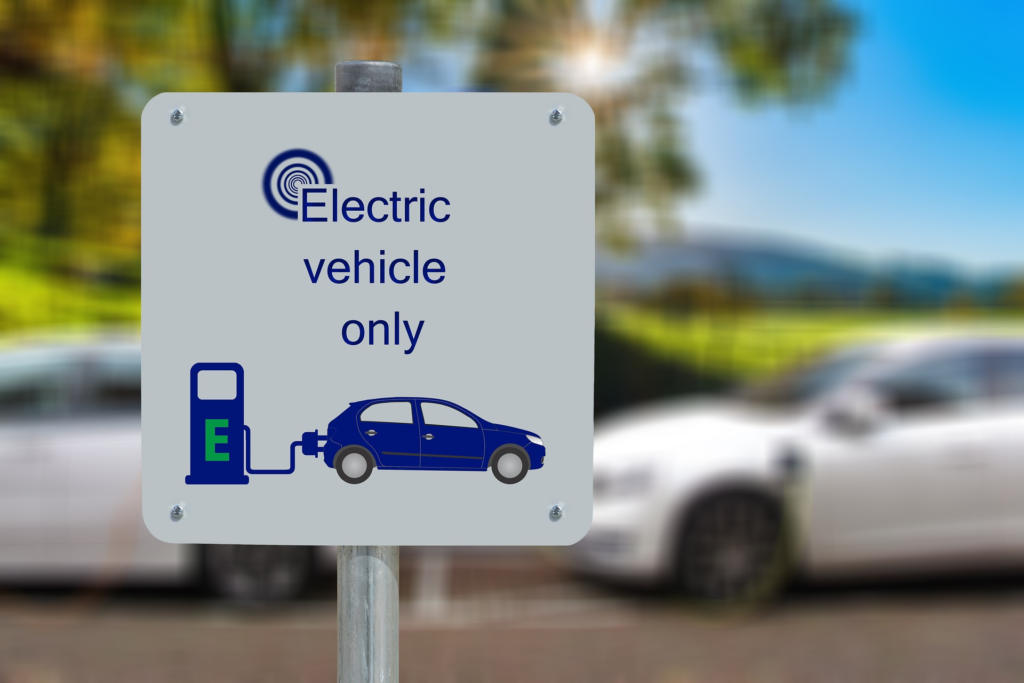Electric Vehicles (EVs) have become central to the ongoing global shift toward a sustainable future, making them a forefront of innovation in the automotive market. As Canada makes an earnest effort toward reducing its carbon footprint through the use of electric vehicles in Canada .This change reflects a far-reaching alteration in perceptions of transportation in a country known for wide-open spaces and variety of weather patterns.
Electric Vehicles in Canada: There are numerous Electric Cars available in Canada as of now.
The Canadian market for electric vehicles (EVs) has been rapidly expanding for the last ten years. By 2025, the number of registered electric and plug-in hybrid vehicles had surpassed 300,000, according to information from the Canadian Automobile Association (CAA). This figure, of course, constitutes only a fraction of the total amount of vehicles on Canadian roads, but signals an upward trend driven by leaps in technology, government incentives, and a growing emphasis on fewer greenhouse gas emissions.
Major players in the Canadian EV game include Tesla, Nissan, Chevrolet and Hyundai, as well as nascent homegrown makers like Lion Electric, which makes electric buses and trucks. These companies are not only competing to deliver high-performance vehicles, but to deliver practical, real-world solutions that make EVs broadly available.

Electric Vehicles in Canada
Diverse Evaporation, d, government support and incentives
That’s why the Canadian government has been relatively aggressive in incentivizing EV uptake. Other federal programs like the iZEV Program (Incentives for Zero-Emission Vehicles) offer rebates of up to $5,000 on eligible EVs. Provincial governments also introduced their own incentives. For instance:
In Quebec, there are rebates of up to $7,000.
British Columbia offers rebates of as much as $4,000 for battery electric vehicles.
Ontario has phased out certain economic incentives but still supports EV adoption through infrastructure developments.
Additionally, Canada’s Net-Zero Emissions Accountability Act sets a target of net-zero emissions by 2050, with EVs as a key pillar of the national framework. Canada is leading in green transportation by aiming for all new light-duty vehicles to be zero-emission by 2035.
New regulations and funding commitments by 2025 serve to further accelerate the use of EVs. That includes enhanced rebate programs and the implementation of tougher emissions standards for manufacturers. The government has also pledged that 50% of its public vehicles will be electrified by 2025.
Infrastructure: Future of Electric Vehicles in Canada
Infrastructure, especially in rural and remote communities, has historically held back EV adoption in Canada. But there’s real progress being made. By 2025, Canada has over 23,000 public charging points, including Level 2 and Level 3 fast chargers.. Charging companies such as FLO, Electrify Canada and Tesla’s Supercharger technology are essential in making reliable charging more widely available.
The government also has a huge investment in charging infrastructure through programs such as the Zero-Emission Vehicle Infrastructure Program (ZEVIP) that funds installations of chargers at workplaces, multi-unit residential buildings and public spaces. In 2025, more funding was provided to ensure that even the most isolated communities can recharge EVs.
Electric Vehicles in Canada: Impact on Environment and Economy
Moving to Electric Vehicles offers significant environmental benefits in Canada. Because transportation is responsible for about 25 percent of the country’s greenhouse gas emissions, replacing internal combustion engine vehicles with EVs can substantially reduce the carbon footprint. You only have to be reminded of the benefits for the environment by EVs to realize they are (mostly) the future.
On the plus side, the EV evolution provides possibilities for job creation and innovation. With abundant natural resources such as lithium, cobalt, and nickel needed to manufacture EV batteries, Canada is in a solid position to become a leader in global EV manufacturing and battery production. And the industry is supporting companies like BASF and Namaska Lithium to lay down operations. Thousands of jobs created by new battery production facilities and EV assembly plants opening across the country by 2025.

Electric Vehicles in Canada
Electric Vehicles in Canada: Overcoming Challenges
Even with that progress, challenges still exist. The upfront cost of EVs, while declining, remains prohibitive for many consumers. How Batteries are Changing the Landscape and the Future of EVs While battery tech is getting better. It still requires more innovation to extend range and lower charge times. Canadian winters impact EV batteries, requiring ongoing research for optimal performance in diverse climates.
By 2025, cutting-edge adaptations — like battery pre-heating systems and enhanced insulation — are available, allowing EVs to function in bitter cold. The advent of solid-state batteries also looks set to solve many of the EV tech’s current shortcomings.
Conclusion
EVs have a bright future in Canada due to technological advances and improved infrastructure, making them more accessible for Canadians. This transition will be dependent on public awareness campaigns, government policy to support cleaner energy development, and public-private collaboration.
Canada’s sustainable practices and innovation drive electric mobility globally. While the path to widespread EV adoption might have its challenges, the destination offers a cleaner, greener, and more sustainable future for everyone.



Pingback: Electric Vehicles in Iran: A Gateway to a Sustainable Future - Tech Master Online
Pingback: How Much Does Pest Control Really Cost? A Breakdown You Need to See - tech journal news